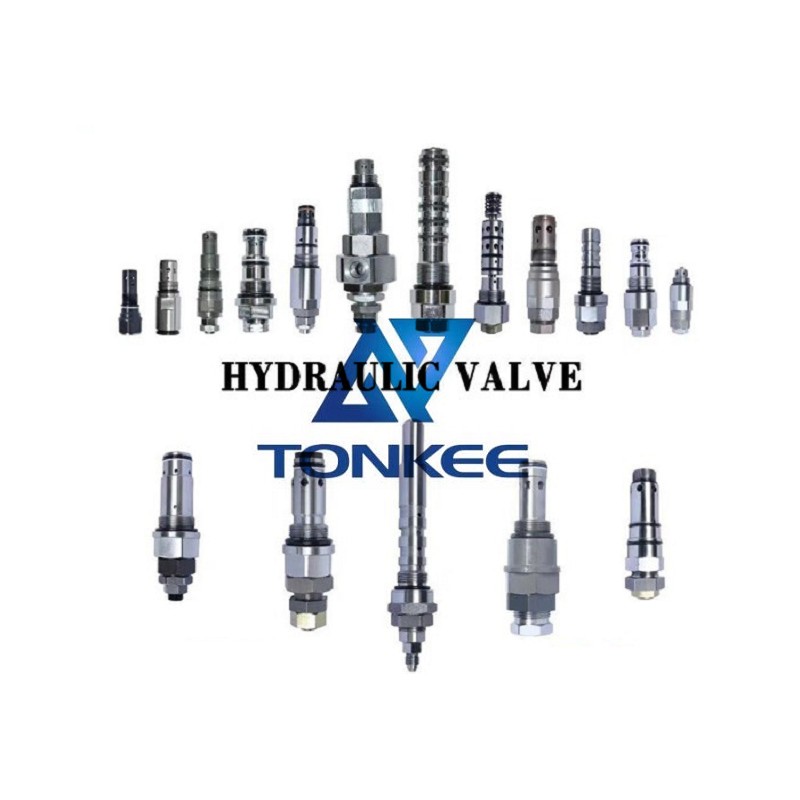
Function:
The safety valve is primarily designed to protect the hydraulic system from excessive pressure.
It is a pressure relief valve that opens when the system pressure exceeds a predetermined limit. By releasing excess pressure, the safety valve prevents damage to the system components and ensures the safety of the overall system.
On the other hand, the control valve regulates the flow rate and direction of the hydraulic fluid. It controls the movement of actuators, such as cylinders or motors, by adjusting the fluid flow to the desired level. The control valve allows for precise control over the speed, force, and direction of hydraulic system operations.
Pressure Setting:
The safety valve is typically set to open at a specific pressure threshold, known as the "cracking pressure." This pressure is predetermined based on the system's maximum operating pressure. Once the pressure exceeds this threshold, the safety valve opens, allowing fluid to bypass and relieve the excess pressure.
In contrast, the control valve does not have a fixed pressure setting. Instead, it is designed to provide variable flow rates based on the operator's input or the requirements of the system. The control valve can be adjusted to control the flow within a specific range, allowing for precise control of hydraulic system operations.
Configuration and Design:
Safety valves are often spring-loaded and designed to pop open when the pressure exceeds the predetermined limit.
They are generally straightforward in design, consisting of a valve body, spring, and seat. When the pressure exceeds the cracking pressure, the spring is compressed, and the valve opens, diverting the fluid flow.
Control valves, on the other hand, come in various configurations depending on the application and required functionality. They may include multiple sections, spools, or poppets to control different aspects of the fluid flow. Control valves can be manual, where the operator directly adjusts the valve position, or they can be automatic, where they respond to signals from sensors or electronic control systems.
Applications:
Safety valves are primarily used as a protective measure in hydraulic systems. They are crucial components to prevent overpressure situations that could damage the system or cause hazardous conditions. Safety valves are commonly found in hydraulic power units, hydraulic presses, and other heavy-duty hydraulic equipment.
Control valves, on the other hand, are used to control the movement and operation of hydraulic actuators. They are extensively utilized in various applications, including industrial machinery, construction equipment, agricultural machinery, and automotive systems. Control valves allow for precise control over the motion and force exerted by hydraulic actuators, enabling efficient and accurate operation of the machinery.




